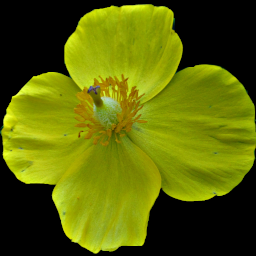
These tall sunflowers like the edge of the woods, especially if there is water nearby; these grew on a hill overlooking a pond in a small park not far from Harmar. They were blooming in late August.
From Gray’s Manual of Botany: H. strumosus L. Stein 1-2 in. high, very smooth below, often glaucous; leaves ovate-lanceolate, taperoing gradually to a point, or the lower ovate and acute, abruptly contracted into short margined petioles, rough above, whitish and naked or minutely downy underneath; bracts broadly lanceolate, with spreading tips, ciliate, equaling the disk; rays 9-15. River-banks and low copses, N. B. to Ont., Minn., and southw. Var. MOLLIS T. & G. Leaves downy underneath, often subcordate ; bracts looser and more attenuate. (Var. macrophyllus Britton.) N. B. and Pa. to Ont. and La.




